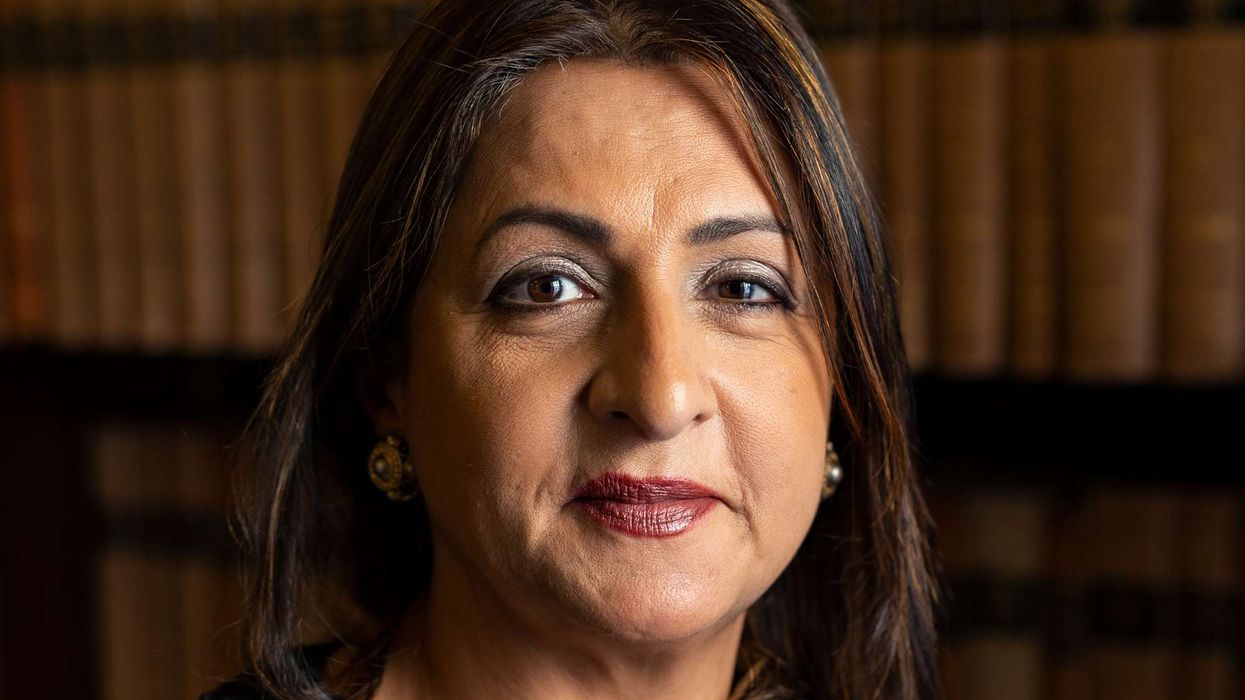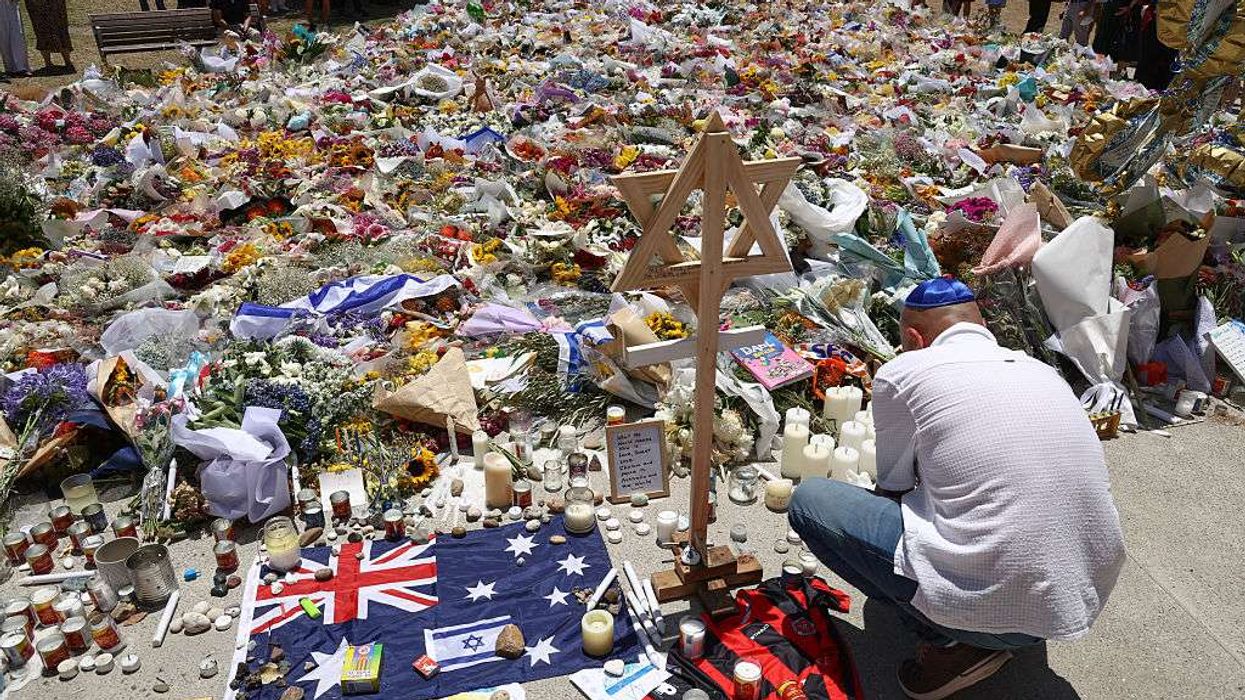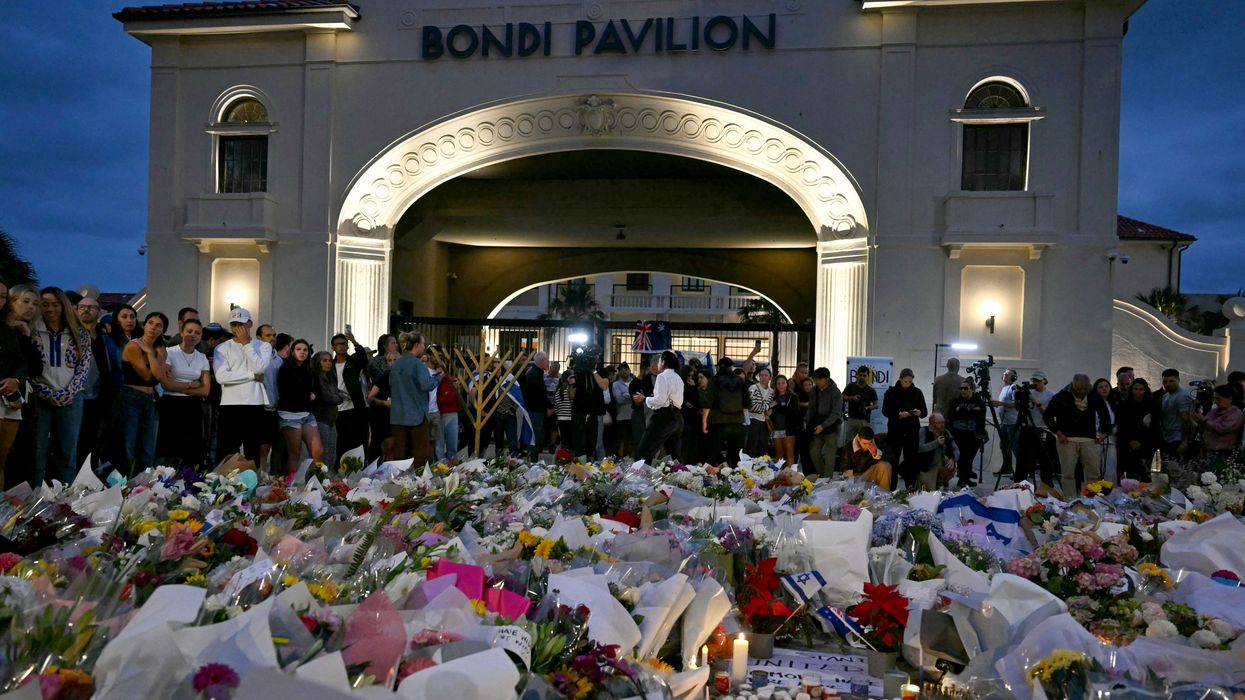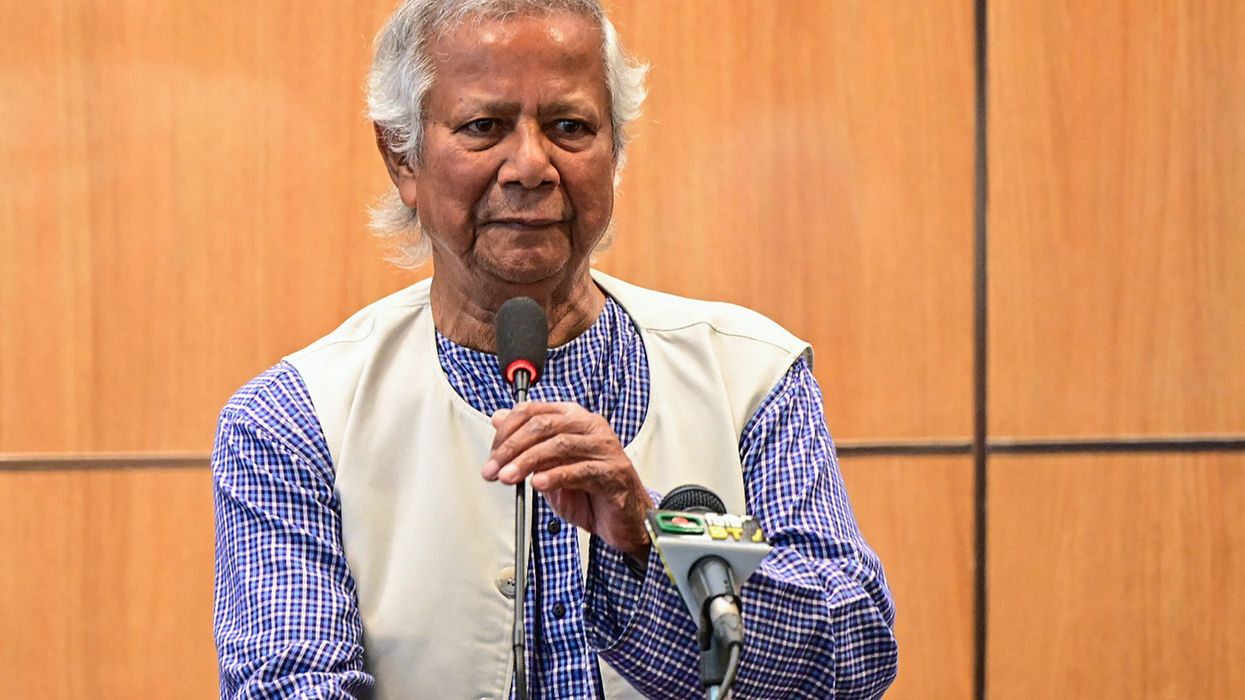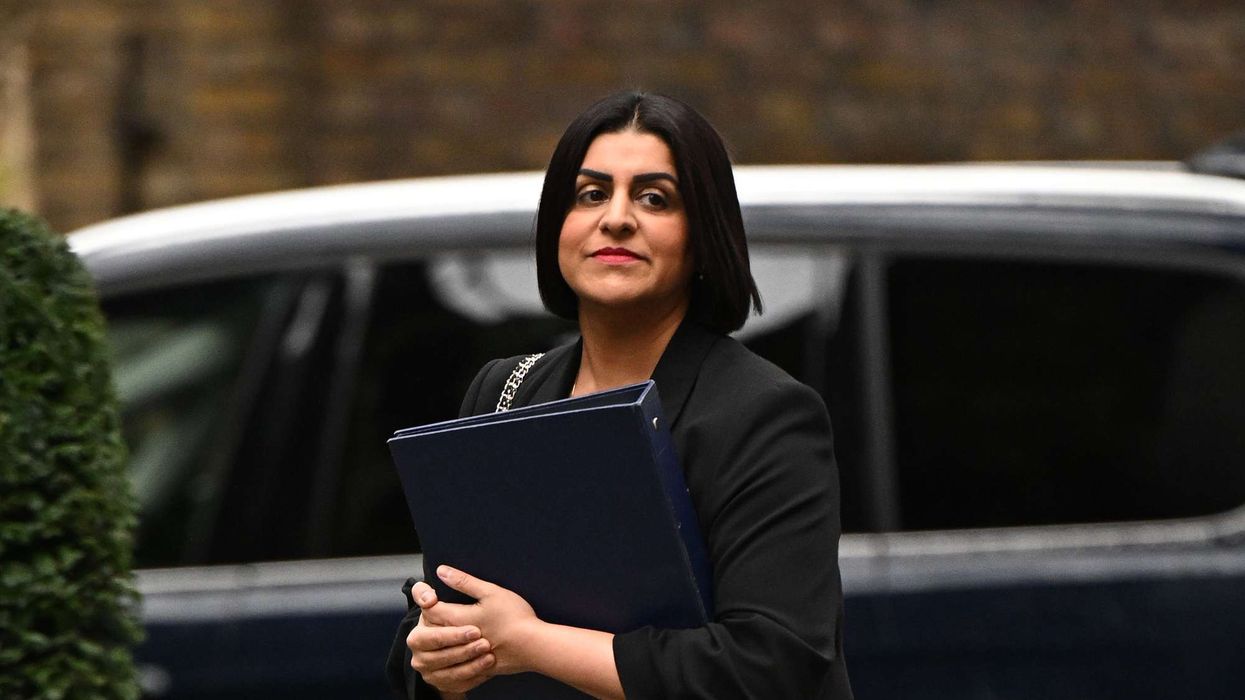INDIA on Thursday successfully test-fired nuclear-capable short-range ballistic missiles Prithvi-II and Agni-I from the Integrated Test Range in Chandipur, off the Odisha coast.
The launches were carried out by the Strategic Forces Command and demonstrated India's strategic deterrence capability, the defence ministry said.
"The short-range ballistic missiles -- Prithvi-II and Agni-I -- were successfully test-fired from the Integrated Test Range in Chandipur, Odisha on July 17," the ministry said. "These tests were conducted under the aegis of the Strategic Forces Command." The launches validated all operational and technical parameters, it added.
On Wednesday, India had successfully test-fired the Akash Prime missile in Ladakh. The missile, developed indigenously, has been customised to operate at an altitude above 4,500 metres.
The Prithvi-II missile has a range of around 350 kms and can carry a payload of up to 500 kgs. It is capable of carrying both conventional and nuclear warheads. The Agni-I missile has a range of 700–900 kms and can carry a payload of 1,000 kgs. Both missiles have been key components of India's nuclear deterrence.
The defence ministry said the test of the Akash Prime missile followed the "exceptional performance" of India’s indigenously developed air defence systems during Operation Sindoor. Akash Prime is an upgraded version of the Akash weapon system developed for the Indian Army.
The test in Ladakh, near the Line of Actual Control (LAC), involved successfully destroying two high-speed unmanned aerial targets at high altitude.
"India on July 16 achieved a significant milestone by successfully destroying two aerial high speed unmanned targets at high-altitude in Ladakh by Akash Prime, the upgraded variant of Akash weapon system for the Indian Army," the ministry said in a separate statement.
The ministry said Akash Prime is customised to operate at altitudes above 4,500 metres and includes upgrades such as an indigenously developed radio frequency seeker.
"Based on the operational feedbacks from users, various upgrades are made to improve the operational effectiveness, demonstrating the advantage of the ecosystem created for the indigenous weapon system," it said.
India's defence minister Rajnath Singh congratulated the Indian Army, the Defence Research and Development Organisation (DRDO), and the industry on the achievement, the ministry said.
(With inputs from agencies)


